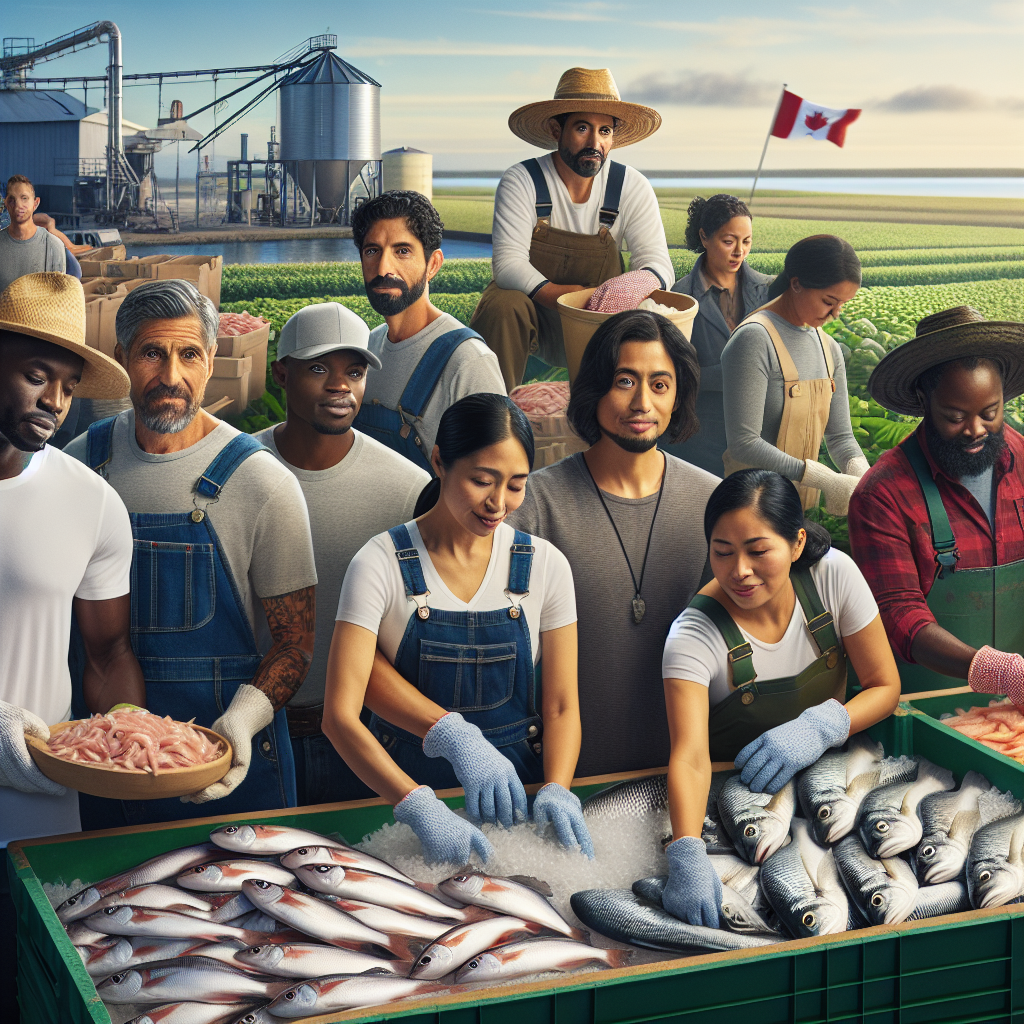Canada to Launch Immigration Stream for Agriculture and Fish Processing in 2025

Canada’s New Immigration Stream for Agriculture: A Vital Solution to Labour Shortages
Canada’s agriculture and fish processing industries are facing a significant labour shortage, prompting the government to take action. Immigration, Refugees and Citizenship Canada (IRCC) is set to launch a dedicated immigration stream aimed at attracting foreign workers to these crucial sectors. This initiative comes on the heels of the closure of the Agri-Food Pilot program, which previously helped fill these gaps but is no longer accepting applications.
The Need for Change
The agriculture and fish processing sectors are essential to Canada’s economy, yet they struggle to maintain a stable workforce. Factors such as seasonal demands, physically demanding work, and high turnover rates contribute to persistent hiring challenges, especially in rural areas. According to the IRCC’s 2025-2026 Departmental Plan, the new immigration stream will focus on creating a sector-specific work permit that directly addresses these issues.
Key Features of the New Immigration Stream
-
Focus on Agriculture and Fish Processing: The stream aims specifically to fill roles within these industries, ensuring that employers can find the workers they need.
-
Streamlined Process: The initiative promises to facilitate faster processing times, reducing the bureaucratic delays that have hindered previous programs.
-
Bilateral Agreements: Canada may negotiate agreements with selected countries to create a smoother hiring process, ensuring fair labour standards for foreign workers.
- Long-Term Economic Goals: This immigration stream is not merely a stopgap measure. It aligns with Canada’s broader economic objectives by helping to stabilize essential industries while creating opportunities for international talent.
Implications for Employers and Workers
For Canadian employers, the new stream represents a much-needed lifeline. It will provide access to a larger, more reliable labour pool and reduce the administrative burdens associated with hiring foreign workers. This could lead to enhanced productivity and, ultimately, a stronger economy.
For prospective foreign workers, the new immigration stream offers a clearer pathway to legal employment in Canada. It opens doors to job stability in high-demand sectors, with the potential for permanent residency. This dual benefit not only addresses the immediate labour shortages but also helps create a more sustainable workforce in the long run.
Looking Forward
As Canada continues to grapple with labour shortages, particularly in vital sectors like agriculture and fish processing, this new immigration stream could be a game-changer. By addressing both the needs of employers and the aspirations of workers, Canada is positioning itself as a welcoming destination for international talent.
In conclusion, the upcoming immigration stream is not just about filling jobs; it’s about fostering a resilient agricultural sector that can thrive in the face of challenges. As the launch date approaches, stakeholders in both Canada and abroad will be keenly observing how this initiative unfolds and the impact it will have on the economy and communities across the nation.



